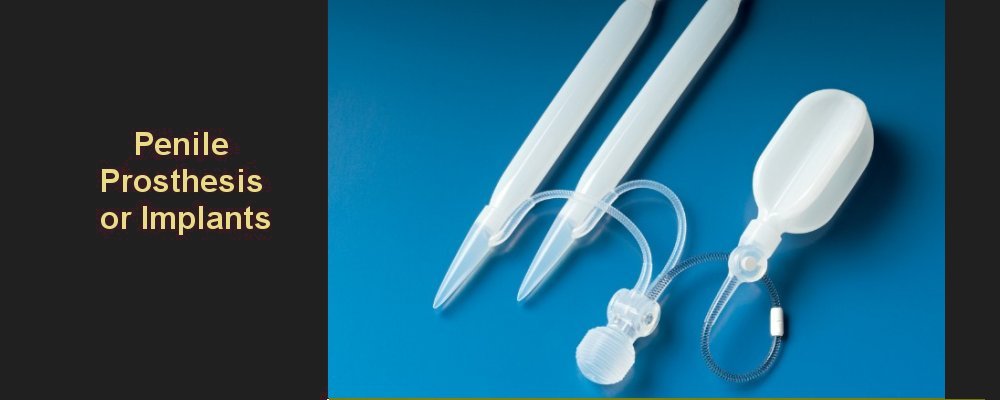
Penile Implants |
||
|
Penile implant surgery is usually a last resort, after other treatments and interventions have been tried. There are two main types of penile prosthesis or implants. The first is an inflatable device, which consists of a reservoir and cylinders combined with a pump. It works by manually squeezing the pump, causing fluid from the reservoir to enter the cylinders, resulting in the penis becoming erect. Penile implant technology has advanced dramatically over the last few years, and the momentary squeeze pump manufactured by AMS is very popular with patients and favoured by Suks, but there are other options manufactured by companies such as Coloplast. The device has a special coating of antibiotic solution, to help lower the risk of infection.
The second type of implant is the malleable device, where malleable rods, as opposed to cylinders, are placed into the corpora cavernosa of the penis. These don’t require pumping up; the actual rigidity of the implant keeps the penis erect, and following intercourse the patients can bend the penis downwards.
The risk of infection following implant surgery should be less than 5%. It’s important to choose the right type of implant for you, so patients will be extensively counselled and the options thoroughly discussed before surgery goes ahead. What happens during surgery?
Suks’ preference is to use a penile-scrotal incision on the scrotum. In the case of an inflatable implant, the fluid reservoir is either placed through the incision in the scrotum, or if you’ve had previous surgery, a separate incision is made on the abdomen (sometimes a separate incision is made due to other medical reasons). The muscle tubes, or corpora cavernosa, of the penis are dilated so the implant can be inserted. With the malleable device, the same type of incision is used, but a reservoir or pump is not required. After surgery
After the surgery, a drain is left in the scrotum – this and the catheter are usually removed the following day. With inflatable implants, patients are taught to inflate and deflate the device after two weeks.
Patients may experience some bruising and swelling to the scrotal area afterwards, and will be advised to look out for possible signs of infection. The risk of developing an infection is very low but can vary depending on the number of implants being inserted. It is Suks’ policy to give antibiotics following the surgery for at least one week to further reduce this risk.
|
|
|
Summary |
|
